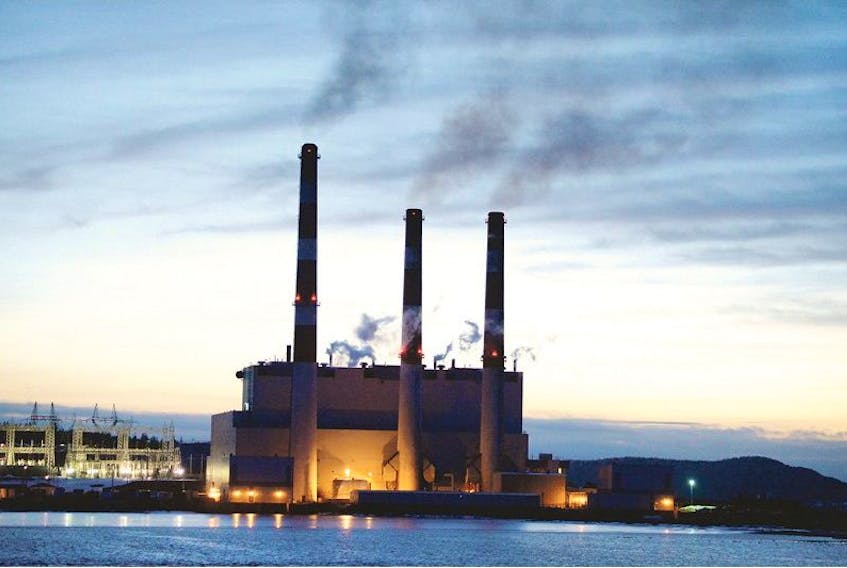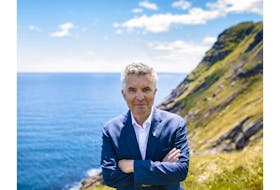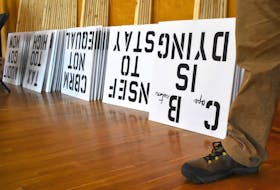When someone writes me and says, “I’d like to hear your thoughts,” it’s like a red flag in front of a bull.
I got an email that said “So, if we could turn back the clock, what do you think would have been the best way forward for affordable, secure island power?” and I leapt like a trout to the fly.

Here are some ideas I wish we’d looked more seriously at, with the benefit of hindsight after many of the assumptions used to pick Muskrat Falls as the best choice turned out to be wrong.
First off, out of all of the bits and pieces of the Muskrat Falls project, I would have argued for going ahead with the Labrador transmission assets and the Labrador Island Link.
Doing that would have allowed Newfoundland and Labrador Hydro to bring a share of the 300 megawatts of available recall power to the island. Recall power, at two cents a kilowatt hour, easily outstrips the cost of producing power at Holyrood.
Here are some ideas I wish we’d looked more seriously at, with the benefit of hindsight after many of the assumptions used to pick Muskrat Falls as the best choice turned out to be wrong.
The lines would provide a corridor both for power in 2041, when the Upper Churchill contract ends, and for power that we could purchase in the meantime from Hydro-Québec.
Now, before everyone gets their nationalist trousers in a twist, there are some fine reasons for Quebec to sell us power at a reasonable price, not the least because it benefits them as well. (That option was apparently not fully examined before Muskrat Falls was chosen, not because electrical power couldn’t be bought for a fair price, but for reasons of political optics.)
First of all, they have new generation assets coming online and it’s good to have new customers.
Second, selling power to Newfoundland and Labrador at the border relieves the Quebec utility of two key expenses: they don’t have to pay transmission fees to get the electricity to market, and there are effectively no transmission losses, which occur on the Upper Churchill power’s long route south.
They could sell power to us for less than they sell it to their current customers, and still make more off that sale. There’s also a crucial role for demand-side management — encouraging customers to buy at off-peak times and use our generation sources to their fullest.
Then, believe it or not, there’s the Holyrood generating station. I think that there should have been more examination over whether that facility could have a part to play, too. If you look at all of Holyrood’s myriad of problems, almost all of them — except for a generator issue that developed when an oiling system and its backup failed — have been in the generating station’s boilers. More than that: primarily in the boilers on units 1 and 2.
The main issues have involved corrosion and ash from the sulphur in the bunker C fuel. But the thing is, the boilers in units 1 and 2 weren’t originally designed for bunker C. The waterwall combustion engineering boilers were originally designed for natural gas or other gas fuels; the heavier bunker C fuel required different burner boxes and nozzles, which were put in place to accommodate the available fuel supply of the day.
Changing the burner boxes and burning compressed liquified natural gas would reduce corrosion, reduce ash contamination and release far fewer contaminants out of the facility’s stacks, all of which might give the facility a longer lifespan. (Unit 3 at Holyrood was designed for bunker C fuel, but if recall power were being brought from Labrador, Unit 3 could be used as a synchronous condenser, exactly the role it’s expected to have now for Muskrat Falls power.)
All of this is just spit-balling by an admitted non-expert well after the fact; the point is, they are all options that weren’t fully considered.
They should have been.
Recent columns by this author
RUSSELL WANGERSKY: Power station reaching the end of its shelf life
RUSSELL WANGERSKY: One dam thing after another
Russell Wangersky’s column appears in 36 SaltWire newspapers and websites in Atlantic Canada. He can be reached at [email protected] — Twitter: @wangersky.
Related story:









